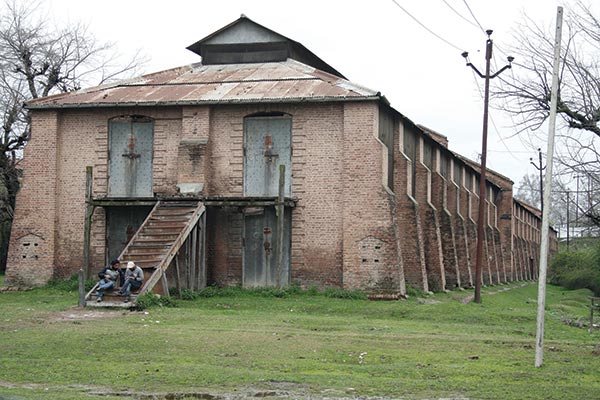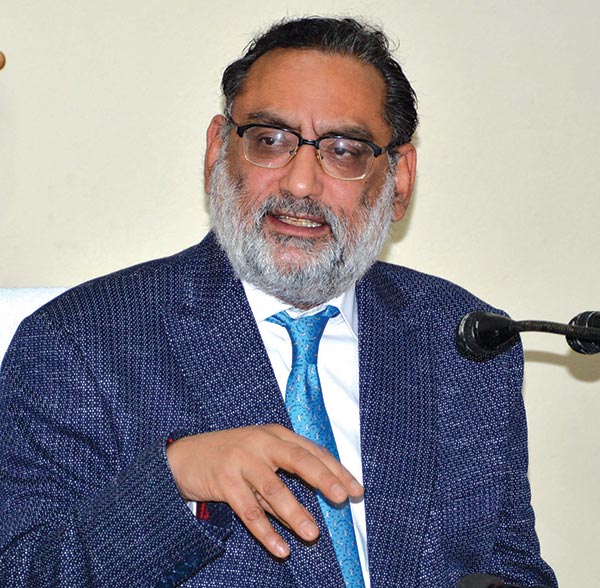Infrastructure deficit, under-utilization of available resources with banks, resource-scarcity in public kitty and size of private sector are the key factors contributing adversely to the growth in J&K. Now the government is volunteering itself as a partner to address all these issues to trigger a change, reports R S Gull

For years it has been in air that the government is seriously considering availing the public private partnership model to help J&K change. Last week, finally, Mufti Sayeed led cabinet approved the broad policy outline, offering an idea what the state intends to do.
Offering the entire basket of possible partnerships that can take place under PPP model, Finance Minister Dr Haseeb Drabu explained to the cabinet with instances of projects which could be taken up under PPP. These projects were identified by the respective departments in two separate meetings.
Apart from PPP models identified (see box), the government is willing to even opt for Swiss Challenge method in which a private party floats an idea and offers to implement it at a cost. The government seeks bids. If the government gets low cost bids for the project, the principal party negotiates on cost to retain the project.
Drabu later addressed a news conference listing a series of projects which the government has identified in 10 sectors for implementation under PPP.
In road sector, for instance, the government will pool its share from CRF funding, toll revenue and parts of road tax to manage its equity and the private sector will chip in. Then certain concessions will help the private party to manage its investments on long term basis. Certain key inter-district roads and two tunnel projects (Chatroo-Vailoo and Mughal Road) may fall under this category.
In tourism sector, PPP is already operational but under the new system the government intends to take up resort development like that of Dudhpathri and Ranjit Sagar dam, amusement parks, food parks, bio tourism.
In Housing Sector, the government may offer land to private developers and eventually share the built up infrastructure on Usufructuary basis. The government has identified Rakh-i-Arth, Jawahar Nagar (Srinagar) and Gandhi Nagar (Jammu) for development. The Rakh was supposed to be built to rehabilitate the population that migrates out of the Dal Lake but it has been inordinately delayed. Now it intends to get the private sector to manage it.
Similarly, in Jawahar Nagar the state government has vast land on which its housing colony is scattered. Owing to its central location, the government wants to rebuild this flood-decimated colony. A developer would give the government its share of housing and utilize the rest of it to generate the resources it invests. The government will get its housing colony literally free.
Similar model are being considered in urban development, sports, health and horticulture. The government will chip in by managing the basic resource and its viability gap thus encouraging private sector to invest and grow. In model Apple and Basmati villages which were announced as part of the 2014-15 budget, the government intends to provide technical knowhow, infrastructural support and expects private sector to put in resources for actual cultivation and value addition.
 While the network of 52-Industrial Training Institutes (ITI) across the J&K has some sort of private partnership, the major policy shift is in government’s commercial activities. Most of its PSUs are in red. Now the government is planning picking up partners by divesting its equity so that these institutions are revived. Given the situation of the state’s PSUs, barring a few almost all other could be considered for divestment. It is too early to offer any idea of what could happen but given the various models available, different options may suit different PSUs. Possibilities of a few being considered for outright sales and a few having private parties as management contractors can not be ruled out.
While the network of 52-Industrial Training Institutes (ITI) across the J&K has some sort of private partnership, the major policy shift is in government’s commercial activities. Most of its PSUs are in red. Now the government is planning picking up partners by divesting its equity so that these institutions are revived. Given the situation of the state’s PSUs, barring a few almost all other could be considered for divestment. It is too early to offer any idea of what could happen but given the various models available, different options may suit different PSUs. Possibilities of a few being considered for outright sales and a few having private parties as management contractors can not be ruled out.
The government, however, may take some more time in formulating rules and procedures. The formalization of the PPP cell within the finance ministry itself may take some more time.
But what is important is the intention of the move. The government says PPP is one sure method to address various issues. The infrastructure deficit would require a ‘catch up’ plan and private sector would be a key partner. With private sector getting more work and responsibility, it will grow and thus utilize the massive resources with banks, currently being deployed outside the state. This, they say, will eventually help the private sector improve its book so that they are able to bid for major projects. In this process, the infrastructure deficit will partly be managed.
















